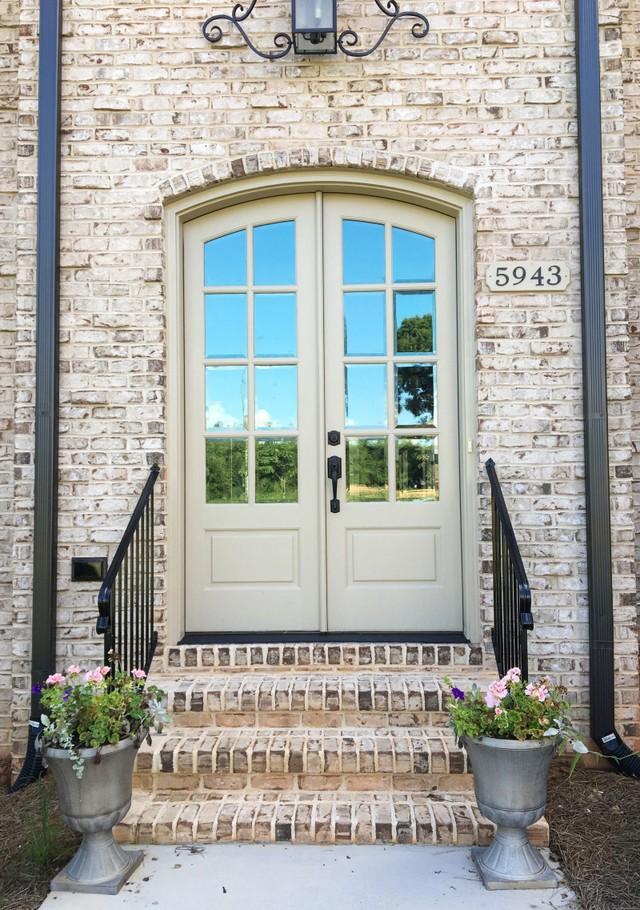
The Do's and Don'ts of Painting Brick
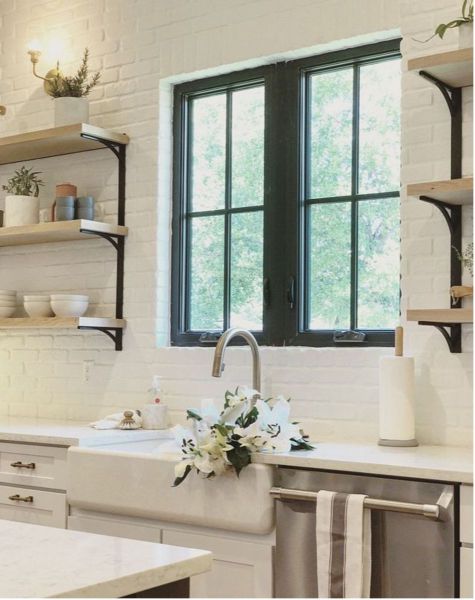
Brick is a beautiful and timeless building material prized for its durability, natural beauty, and low maintenance requirements. However, some homeowners that seek a makeover or aim to conceal minor defects, consider painting their brick facades. While technically possible, painting brick can have several drawbacks and should be approached with caution. Let's explore why painting brick might not be the best idea and alternative methods to achieve your desired aesthetic.
Why You Shouldn't Paint Brick:
Trapped Moisture: Unlike some other materials, brick is porous. This means it has tiny holes that allow moisture vapor to pass through in both directions, helping to regulate humidity and prevent moisture from being trapped within the walls. This is why brick is often referred to as a material that “breathes.” Painting it creates a barrier, trapping moisture inside the brick, which can lead to:
Deterioration: The outer layer of brick can flake or crack due to trapped moisture freezing and expanding.
Mold and Mildew Growth: Trapped moisture creates a breeding ground for mold and mildew in the materials behind the brick. The brick itself does not serve as a food source for biological growth.
Reduced longevity: Deterioration caused by trapped moisture can compromise the structural integrity of the brickwork over time.
Hides the Natural Beauty: Brick's inherent beauty lies in its texture and color variations. Painting it masks these unique characteristics and can detract from the overall aesthetic of your home.
Creates a New Home Maintenance Task: Brick requires virtually no maintenance over the decades, saving time and money. Once painted, it requires upkeep on a regular basis.
Difficult and Expensive Removal: If you decide later that you don't like the painted look, removing paint from brick is a laborious and expensive process, often requiring professional help.
Alternatives to Painting Brick:
German Smear
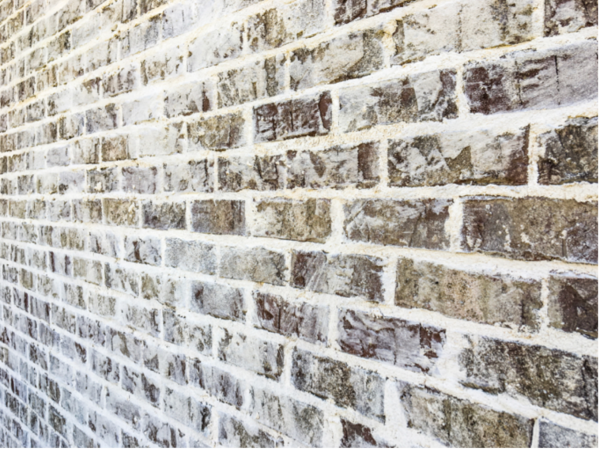
If you're looking to change the color or appearance of your brick, several alternative methods offer more benefits and avoid the drawbacks of painting:
Surface-applied Mortar (Mortar Wash and German Smear): This involves applying a thin layer of mortar over the existing brick and mortar joints, subtly altering the overall color of the brick façade. The intent is to allow portions of the brickwork to be visible through the mortar layer.
Limewash: A traditional finish that has been used on historic masonry buildings, Limewash offers a light or whitewashed look that can either fully cover the brickwork or allow portions of it to be visible. Consisting only of lime putty, water, and pigment, it keeps the brick's texture and breathability, offers buildable color intensity, and weathers naturally.
Limewash
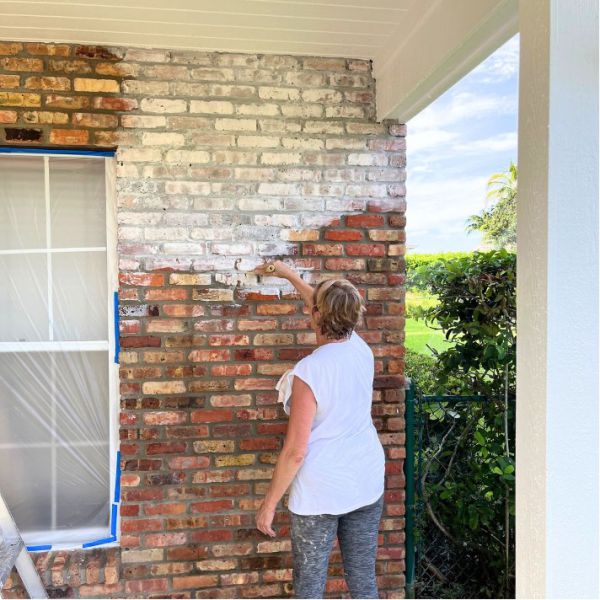
Staining: Brick stain offers a practical and cost-effective solution to change the color of brick or brick-and-mortar surfaces when maintaining the appearance of natural or unaltered brickwork is desired. It is available in various colors and penetrates the surface slightly, allowing the texture of the brick to remain visible. It can be applied to individual brick units, mortar joints alone, or both.
Mineral Paint: When the appearance of a painted surface is desired, a mineral paint is preferred over traditional paint. Mineral paints chemically bond to the surface of the brick but do not form a film, which maintains the brick’s breathability and lasts longer than other painted surfaces.
The Right Way to Paint Brick (If You Must):
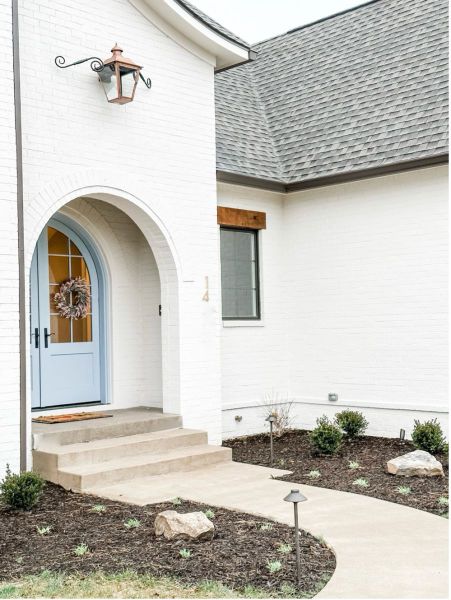
Hiring a Professional Painter: If you're set on painting your brick, choose a highly experienced professional painter who understands the specific requirements of painting brick surfaces. They can use the proper materials and ensure the correct preparation and application techniques to minimize the risk of future problems.
For new construction, do not paint sooner than 28 days after completion of brickwork.
For new construction where a painted finish is desired immediately, purchase brick that is made specifically to be painted, such as “Painters". Learn more: https://henrybrick.com/painter-brick/
- Clean the surface thoroughly.
- Let the brick dry completely.
- Apply a high-quality primer specifically designed for masonry surfaces.
- Use a breathable paint formulated for brick.
Remember, painting brick should be a last resort. Explore the alternative methods first to enhance the look of your brick façade while preserving its natural beauty and preventing potential damage.
Sources:
https://www.brickmakeover.co.uk/blog-detail/why-you-shouldnt-paint-bricks-14
https://www.masonrycosmetics.com/mortar-stain
https://www.gobrick.com/media/file/brick-staining.pdf
https://pinehallbrick.com/german-smear-gives-new-home-an-old-world-look-that-will-last/